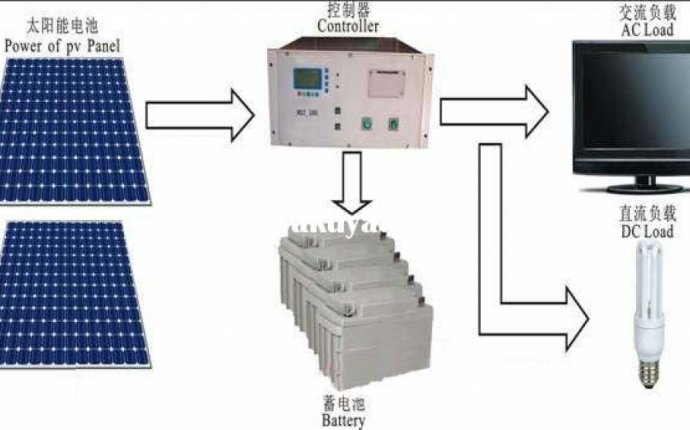
solar power system for homes

Opportunities for multifamily property owners & managers
Battery storage technology. Battery storage technology combined with solar PV can be a great option for owners and managers. A solar + storage system can virtually eliminate demand charges, which are fees that utilities charge commercial customers based on their highest peak power use during a billing period, sometimes amounting to half of a utility bill. A report from the Clean Energy Group states that the solar + storage combo reduces demand for grid power, lowering peak use. This can result in electricity bills of close to zero for affordable housing owners in states like California. Plus, low-income building owners can achieve as much as 99% on annual electricity bills, nearly double to what solar panels alone can provide.
Solar battery systems empower owners of solar PV systems to take control of the energy they produce and when they consume it. As many utilities try to roll back solar incentives, like net metering, which lets solar-powered buildings sell their surplus energy back to the grid, these systems can preserve value in a changing policy environment. On top of that, solar + storage can easily kick in when the grid goes down and only add about a third to the cost of stand-alone solar.
Solar water heating. Solar water heating systems heat the water that residents use at a significant discount compared to gas or electricity. According to ENERGY STAR®, Solar water heating is one of the most efficient ways to reduce a building’s carbon footprint, and more cost-effective than installing PV for buildings that use central water heating.
Active solar water heating systems include pumps that circulate water or a non-freezing heat transfer fluid (popular in colder climates). Passive solar water heating systems, on the other hand, are typically less expensive than active systems, though not as efficient, and almost always require a backup system for cloudy days and times of increased demand.
Renewable energy procurement. Energy procurement helps lower the cost of energy and stabilize NOI by allowing buyers to lock-in competitive prices. Energy is deregulated in about half of U.S. states, meaning building owners and property managers can choose who supplies their energy and what type of energy they’d like to purchase, including renewable options. While renewables can be slightly more expensive than natural gas, costs have come down significantly in the past few years. A good energy broker should investigate the types of renewable energy you’re interested in, analyze those costs across your portfolio, and help you take advantage of favorable rates.









